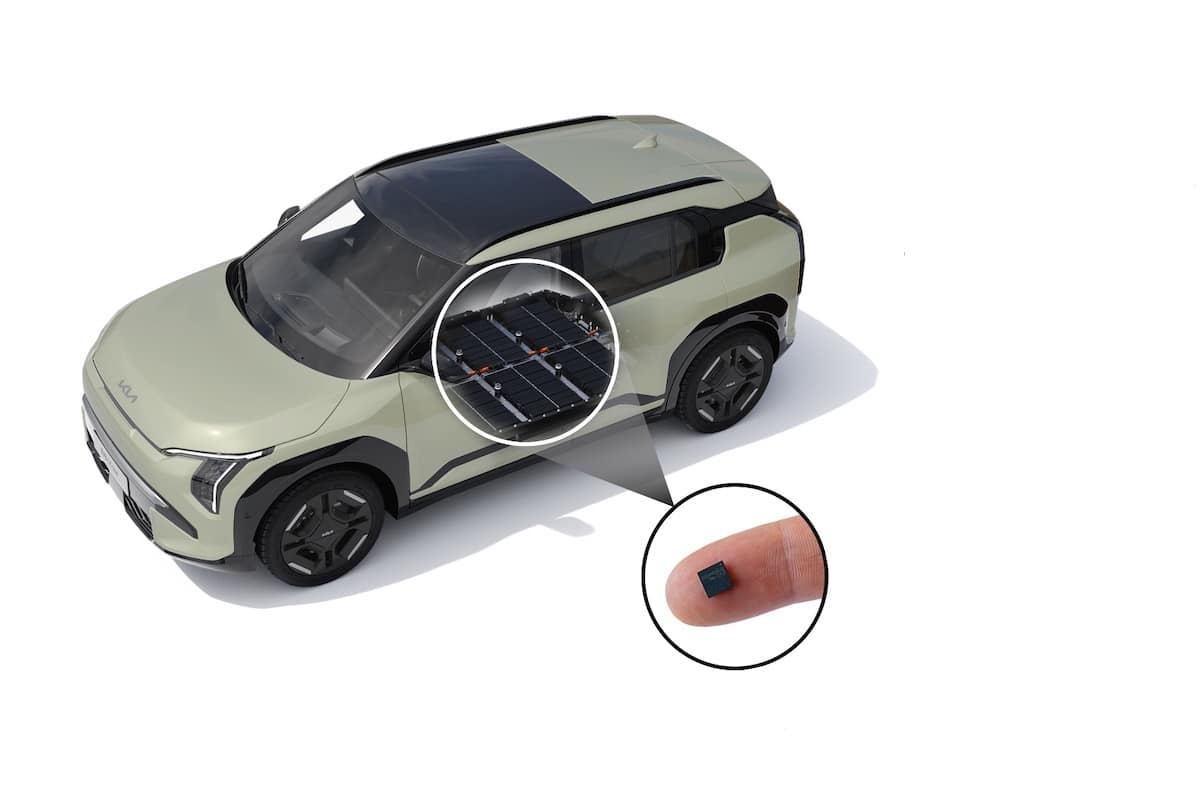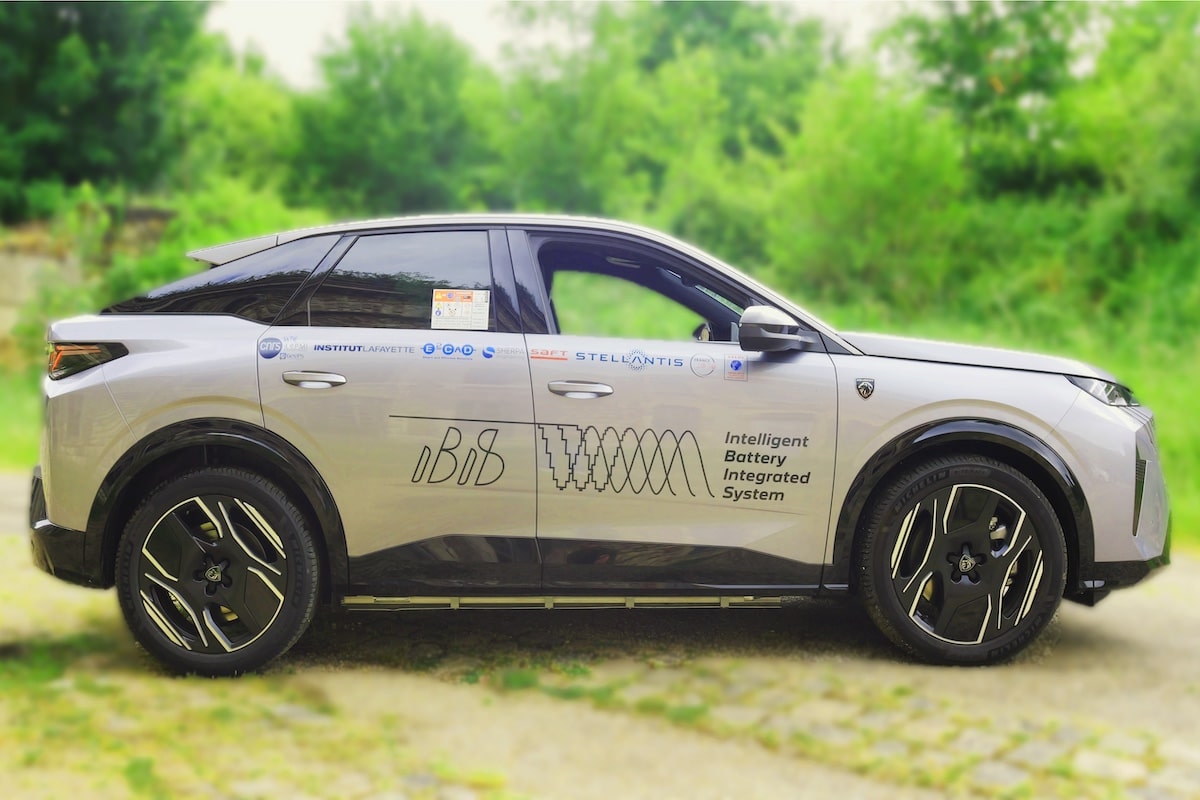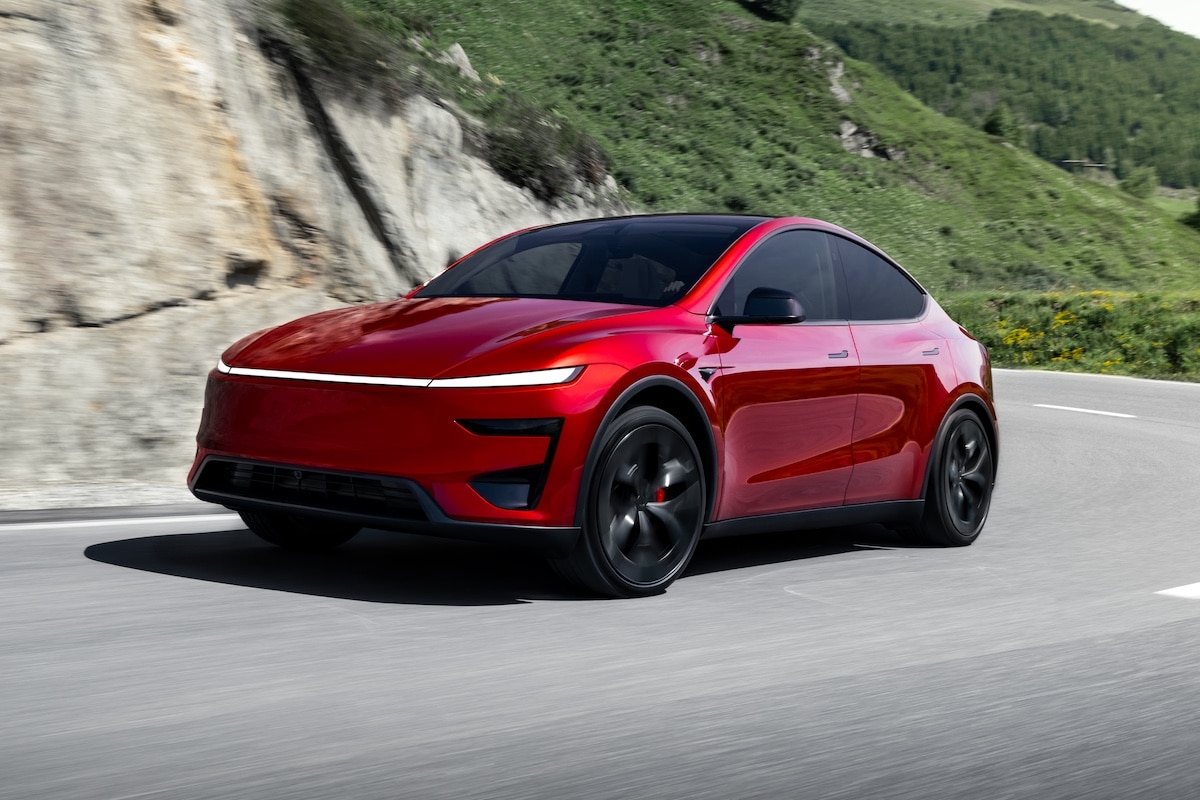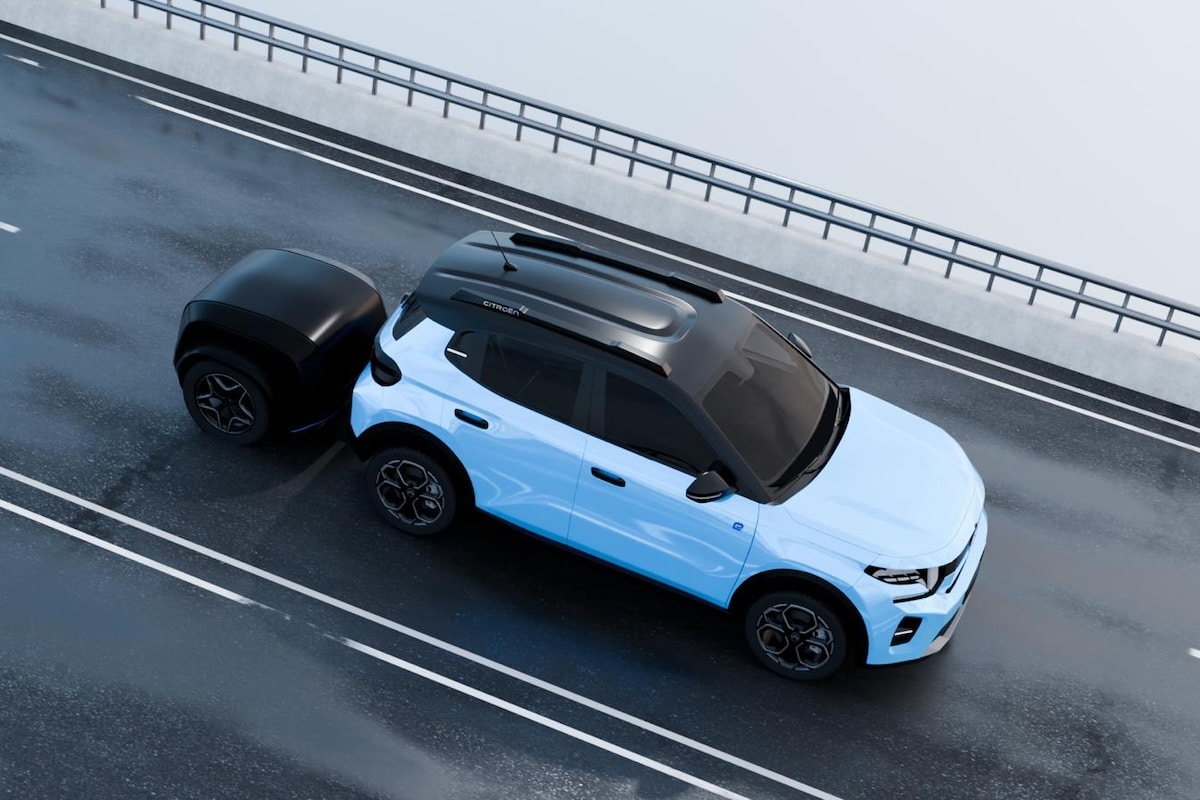What to do in case of battery failure in an electric car?
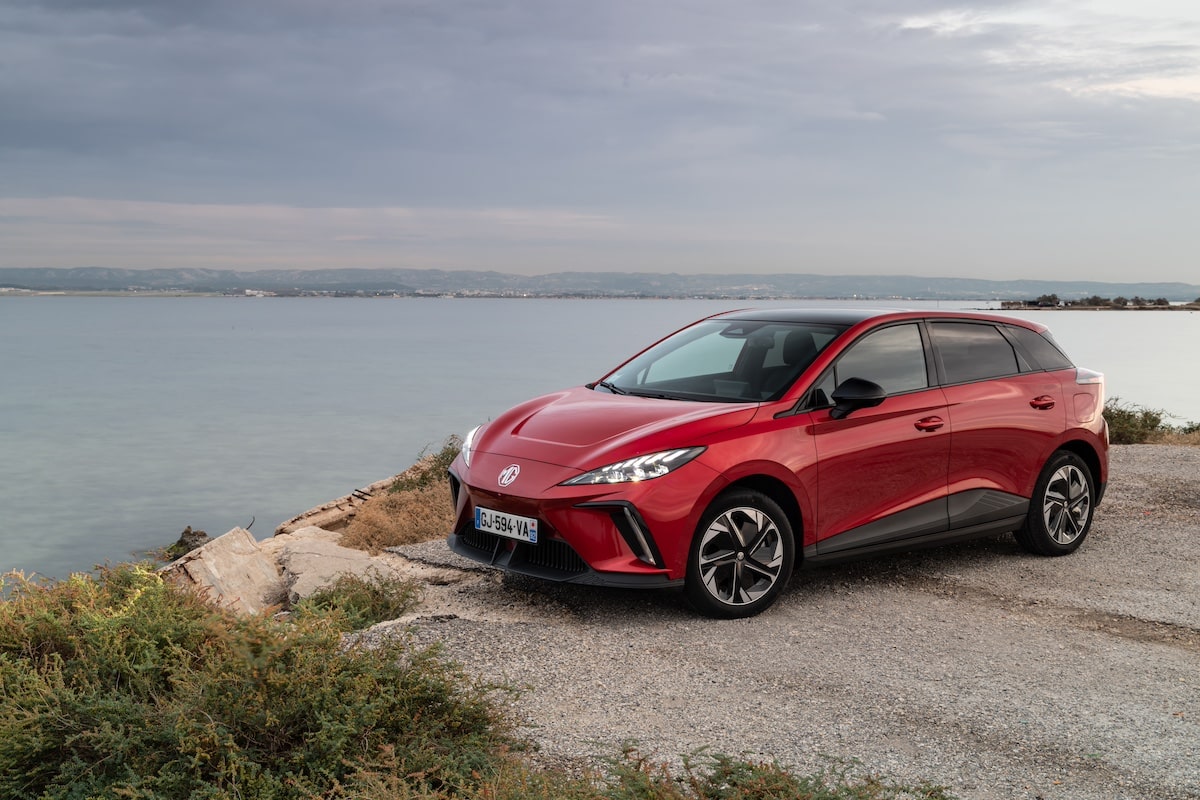
It’s hard to talk about running out of power for an electric car, but while the issues are the same, the solutions differ.
With a good understanding of how your car works and a few tips, the stress of running out of power can be avoided when going on vacation. The key is to respond effectively and quickly in case of an alert so you can enjoy your trips with an electric vehicle.
Let’s quickly set aside the possibility of a battery failure. This is extremely rare, possibly even less common than an engine breakdown in the case of a gasoline car. If it happens to you, do not take any risks. Pull over as quickly as possible in a safe area, exit the car placing yourself as far away from traffic as possible, and immediately contact a tow service. Most cars today are equipped with an emergency call system for this reason. Above all, do not put your hands under the hood! A shock or burn from the substance contained in the batteries can never be ruled out, so do not try to become a mechanic.
With malfunction ruled out, if you find yourself stopped in an electric car with a dead battery, sorry to say it, but you have to really want it to happen! Your vehicle usually warns you well in advance before this happens. However, if you decide to ignore these warnings, you will inevitably run out of power at some point. Therefore, it is crucial to regularly monitor the battery level and anticipate a recharge accordingly.
Common Sense First
A basic rule is to never be too optimistic about your car’s battery. It will always discharge faster than expected, and your real range will always be less than what the onboard computer indicates. Rest assured, this is exactly the same for a gasoline or diesel car.
To avoid running out of power, first and foremost, never leave without planning your recharges. Electric car drivers have enough free tools available to avoid playing with fire. Identify your stops and stick to the plan. When your battery is at 5%, do not risk searching for the next station to try to extend your driving time. Regular breaks guarantee a peaceful mind.
If despite all this you find yourself on the brink of running out of power, with no charger in sight, head towards the nearest urban area for help. You can use the 110V cable usually found in every car to charge from a wall outlet. A shopkeeper or a kind individual, who would certainly be a bit amused, won’t refuse you this little helping hand. If your car isn’t equipped with one, several specialists offer them, like OSRAM which has a highly complete range at a low price.
Finally, if unfortunately you find yourself stopped, prioritize safety. Park in a sheltered area, turn on your hazard lights, and ensure your safety. It shouldn’t have to be said, but there’s absolutely no reason for this to happen to you. A gasoline or diesel engine stops abruptly when it runs out of fuel. Electric cars have an emergency mode, often referred to as “turtle mode,” which allows you to drive a few more kilometers at reduced speed when the charge reaches 0%. This gives you enough time to find a safe and secure shelter.
This page is translated from the original post "En voiture électrique, que faire en cas de panne de batterie ?" in French.
We also suggestthese articles:
Also read
